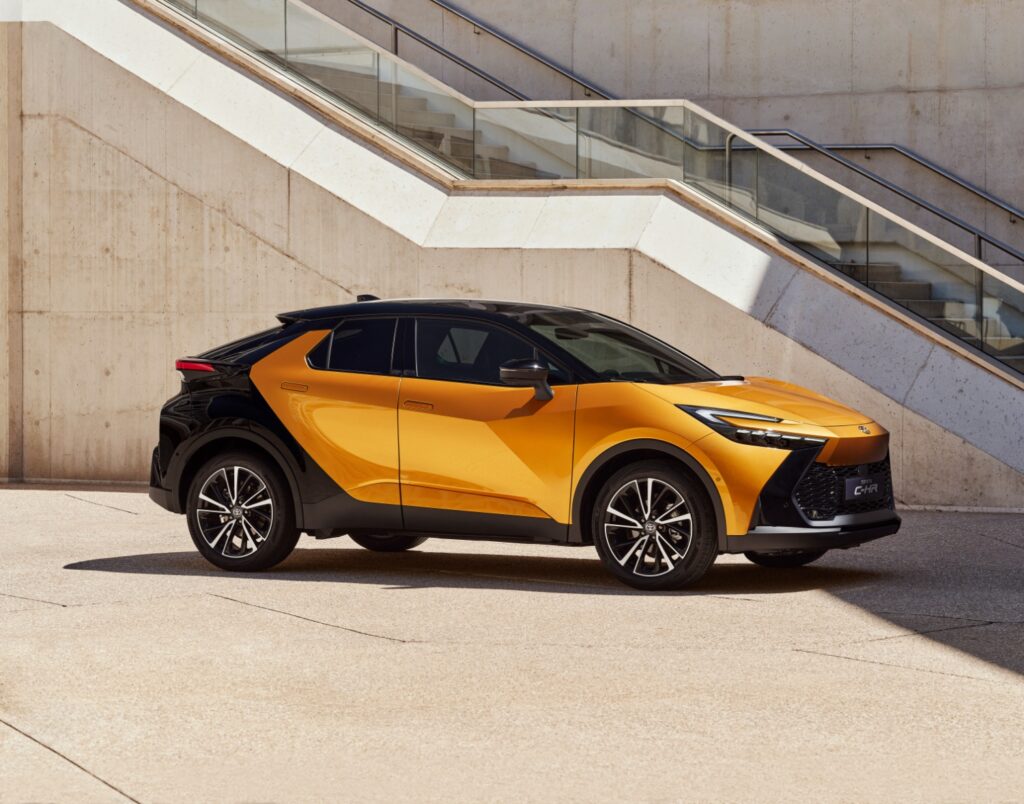Seven years after the launch of the original model, Toyota begins the commercialization phase of the second generation C-HR in Portugal. This compact SUV measures 4.36 meters in length and is intended for the European C segment, the second most important in the Old Continent market. At the start of sales, the range is limited to the hybrid engine (1.8 HEV) with 140 hp – the fifth generation of the hybrid system was introduced with the update of the Corolla, and contributes to improvements in both power (123 hp in the outgoing model) and efficiency. The introduction of the plug-in hybrid variant 2.0 PHEV, with 223 hp and up to 62 km of driving in 100% electric mode, is promised for March 2024.

In the C-HR 1.8 HEV, a gasoline engine is assisted by an electric motor, powered by a lithium-ion battery (0.91 kWh capacity); maximum speed of 170 km/h; 0-100 km/h in 9.9 seconds; and average consumption of 4.8 l/100 km, according to the WLTP protocol, which corresponds to 103 g/km of CO2 emissions.

Designed and produced in Europe, exclusively for the Old Continent market, unlike its predecessor, which Toyota started selling in almost all reference markets shortly after its launch, due to not having a competitive model in a crucial category for the success of all mainstream brands (currently, it also has the Corolla Cross), the CH-R 1.8 HEV is available in Portugal with the Comfort (€36,900), Square Collection (€40,800), and Lounge (€43,360) equipment levels.

The target customer of the C-HR values the driving experience, distinctive design, and equipment, rather than the interior space or cargo capacity – which is why the Japanese brand justifies the limited space in the rear seats and trunk, with only 388 liters of capacity. Focusing solely on the driving experience, after the first few kilometers behind the wheel of the second generation C-HR, we highlight the significant progress demonstrated by the GA-C variant of the TNGA platform, with Toyota engineers intervening (very effectively…) in the chassis to improve both the ride comfort and the dynamic performance of the compact SUV, which is now more agile. This can be felt, for example, in the steering feel.












